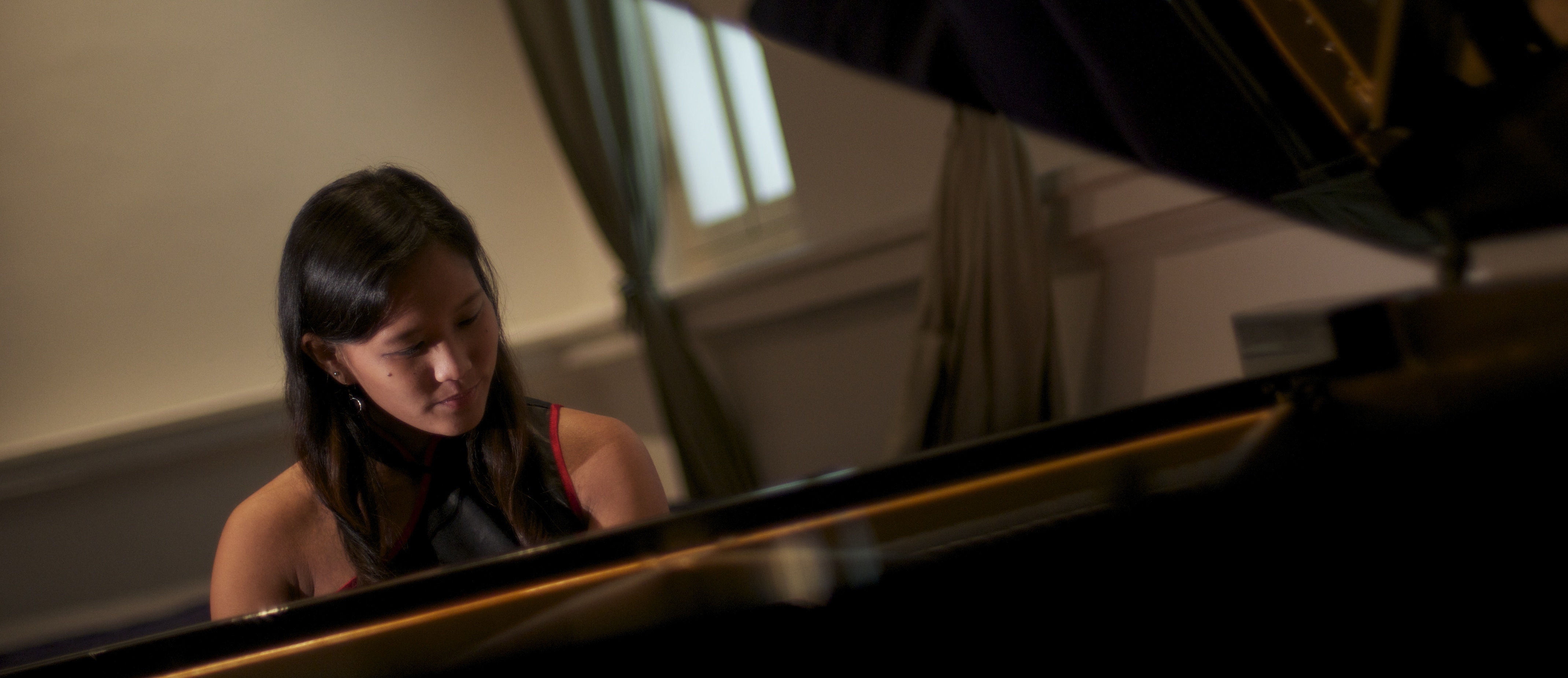“So what are you here for?”, my favourite lecturer asked me as I occupied the seat next to her at the Lee Foundation Theatre in NAFA on Tuesday, 21st April.
“Why, the very same reason as you!”, was my reply.
The only thing that drew me to the concert was
Antonio Vivaldi (1678-1741)
Double Mandolin Concerto, for 2 mandolins, strings & continuo in G major, RV 532,
of which I had to sit through a whole chamber-music concert of Haydn, Brahms, and Dvorak before they finally got to the Vivaldi.
—
Opening the concert was the lively first movement of Haydn’s String Quartet in D, Op 20 no. 4. Consisting of second- and third-years, the quartet worked well together to create the humourous contrasts so typical of the grammar and syntex of Papa Haydn. However, some parts of it sounded too “gummy” and “sticky”, with many of the notes held too long and heavy for my liking.
Following that was the dark and tumultous opening Allegro of Brahms’ Clarinet Trio in A minor, Op. 11. Like most of Brahm’s pieces, the piano part was chordal and probably had twice as many notes as that of the cello and clarinet score put together! It was therefore expected when the piano drowned the other two instruments when the trio played together. Fourth-year pianist Sun Miao later managed to tame the raging piano to let the cello and clarinet through. It was only then, that the beauty of Brahm’s orchestration contrasts began to show – the low rumbling of the piano against the singing sonorities of the cello and the youthfulness of the clarinet. Evident in the music was such marvellous individual playing from the three students, as well as some of the happiest integration of their skills, resulting in a poignant performance.
The Dvorak piano quintet was, really, more of a string quartet and a pianist at most parts and only a quintet in a few places. The fast and loud sections were treated as a competition of who could play the fastest and the loudest, without much regard for balance or togetherness. The piano part proved too difficult for first year student Berenice, who was obviously trying hard to play all the notes AND keep together with the rest of the quintet. There were fleeting moments of tenderness, but most of it was expressive lyricism turned into raging passion, which ended the movement with exuberance.
The first and last movement of The Seven Last Words of Christ, op. 51, originally for string quartet, was played by an amplified string quartet of 15 violins, 5 violas 1 cello, and 1 double bass. As seen from the orchestration, this made it rather top-heavy. For once, however, the violas could be heard! Due to a shortage of cellists in the Academy, the only second-year cello major Lee Min Jin worked through the entire concert tirelessly without rest.
And finally, it was on to the Vivaldi. Because of a scarcity of Mandolins in Singapore, the Ruan (a chinese mandolin) was used instead. This featured twins Clara and Sophy, both multiple diploma-holders for various chinese instruments on Gaoyin Zhongruans. Such an excellent performance it was, that one could almost imagine being transported back to the 1600s and watching the performance in a more intimate court/chamber setting.
The second movement was an extremely beautiful adagio, pure and innocent in its nature and simple. The twins played with much sensitivity, always listening out for each other’s lines and leading when their part called for it. The third movement was fast as usual, and although the twins were rushing, they rushed together, leaving the conductor and orchestra trying hard (and finally succeeding) to keep up with them.
Thus ended the 2-day chamber music festival at NAFA. Although the theatre was only 20% filled, it was nevertheless a good performance. Well done, all! (:
